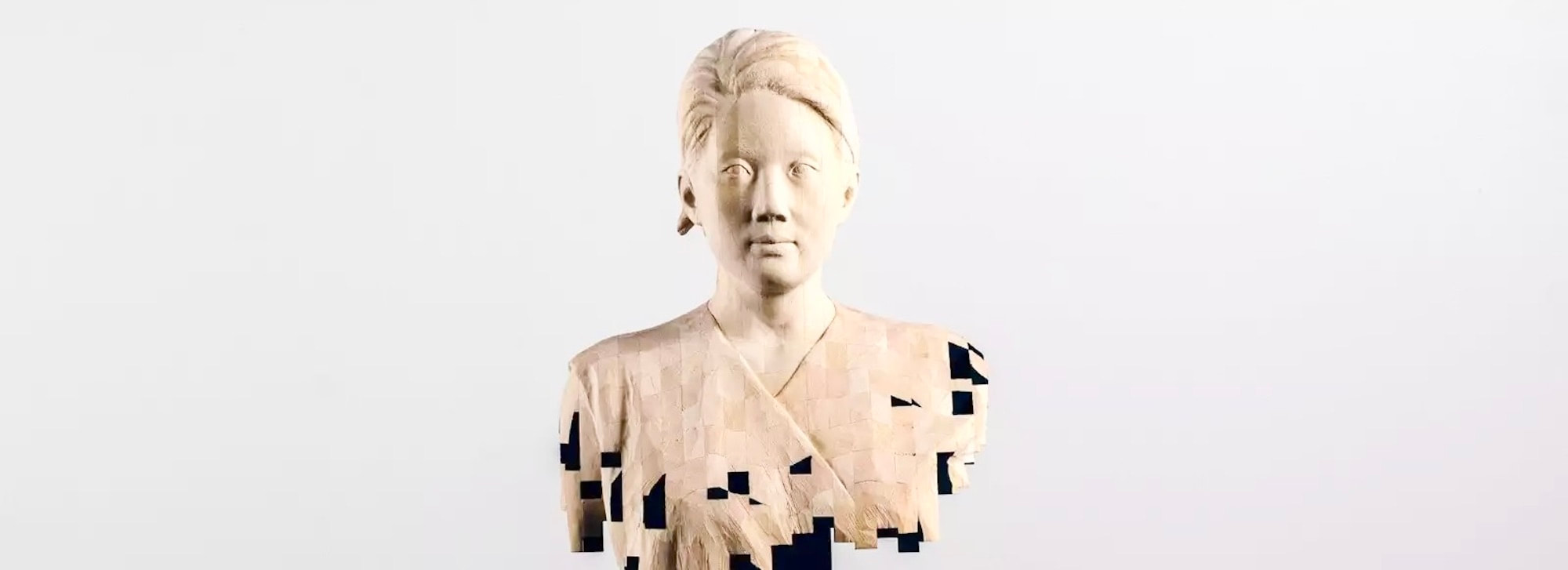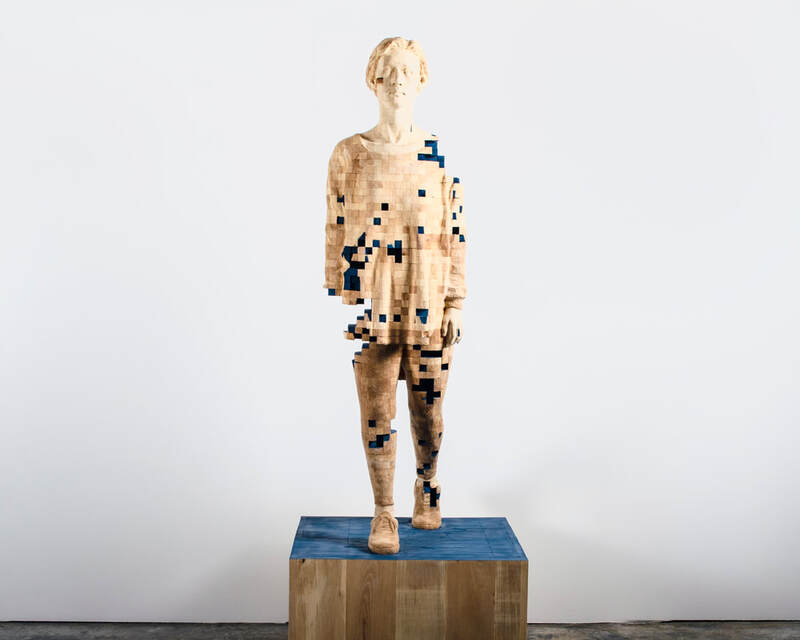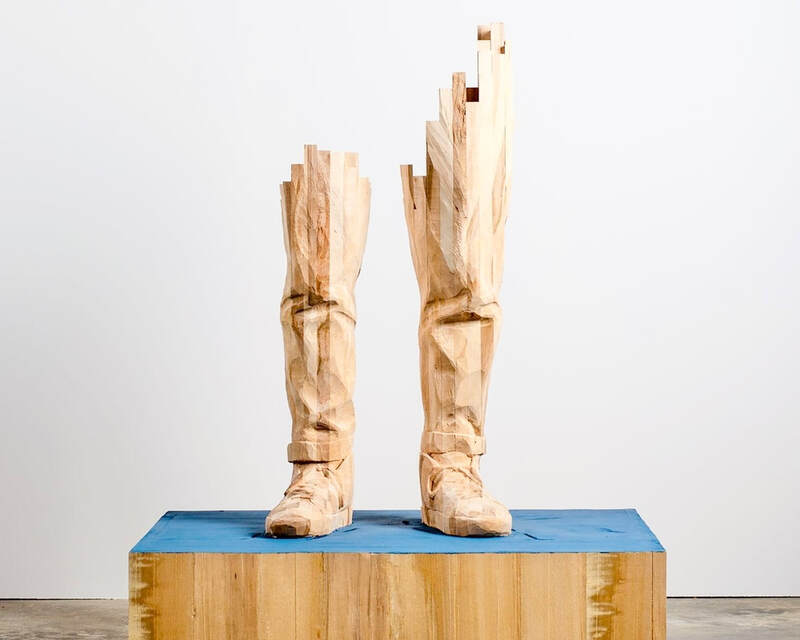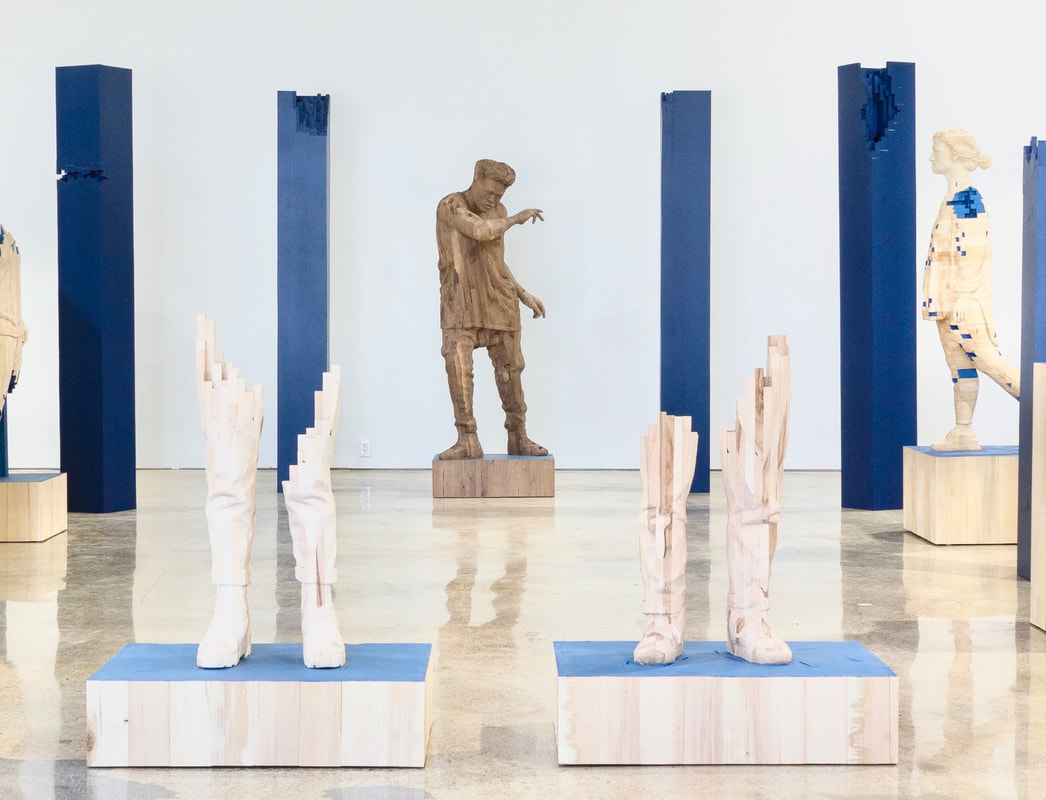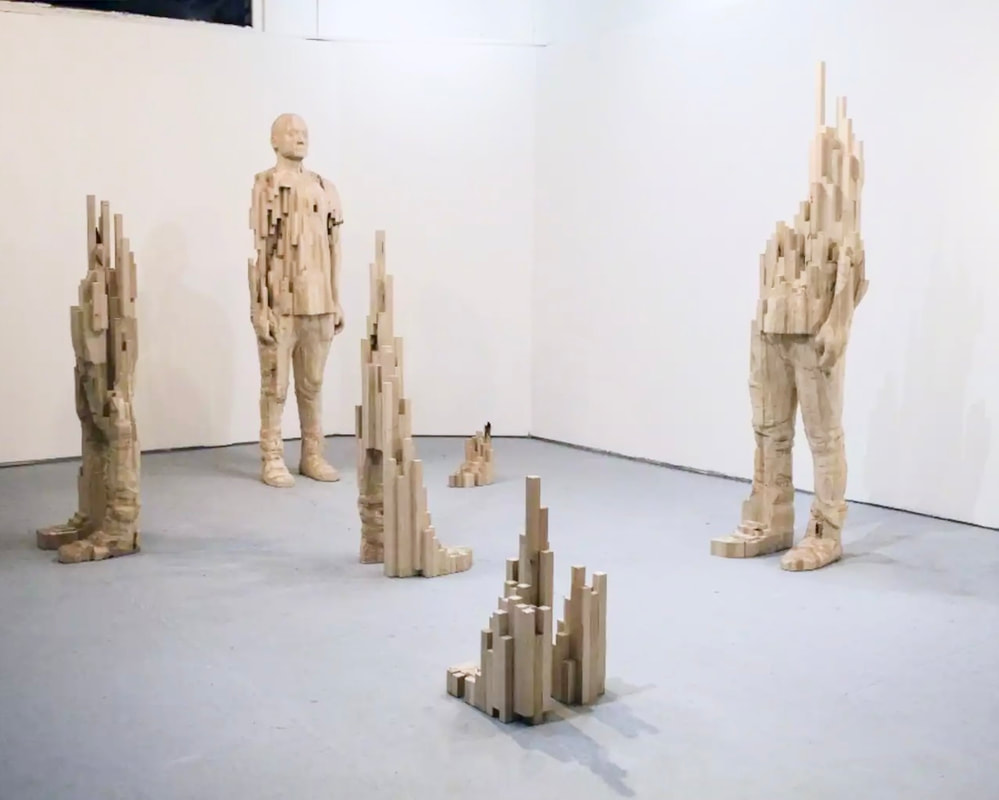Justin W. Archer
OVERVIEW WORKS ABOUT EXHIBITIONS PRESS
selected works
view details
ABOUT THE ARTIST
|
Justin W. Archer is a sculptor whose work considers fragility and beauty found in the human experience. He received his M.F.A. in 2016 from the University of North Texas, and is currently a Professor of Sculpture in Atlanta. Archer’s work has been exhibited at Love Field Airport in Dallas, Cross-Pollination Art Lab and Mason Fine Art Gallery in Atlanta, the Louisiana Biennial, R02 Gallery in Dallas, Miami University in Ohio, and many other galleries nationally. He has artwork in the collections of the Thompson Buckhead, the SCAD Musuem of Art, Texas Tech University, the Methodist Health System Foundation, Music Bed, along with many others. He lives with his wife, Laura, in Atlanta, Georgia.
|
Artist Statement
|
There are millennia of organic life hidden in stone, exposed by enduring winds. Breathtaking sites of water-carved landscapes. Masterworks of ancient cultures that perpetually draw our attention, despite nature’s persistent effects on them. If wonder is produced from nature’s imposition, can it be so in our own lives?
My sculptural works contemplate the fragility and beauty found in the contemporary human experience. These figures begin with a 3D scan of someone who embodies the concepts contained within the image, which serves as a working model for the gesture of each piece. From this model I laminate numerous blocks of wood, containing negative spaces and fragmented pieces. Through traditional wood carving processes these structures are laboriously formed into lifesize figures and geometric voids are revealed. The subtractive process of carving alludes to the ongoing weathering that slowly shapes our lives. The seemingly digital voids reflect the fragility within the figure, evoking new sentiments about the deeper internal states we experience. Often inspired by meaningful artworks in history, I consider narrative, symbolism, power structures, and the cultural significance of sculptures in the ancient world that continue to impact us. Researching the origins of the Winged Victory of Samothrace, who remains a persistent symbol of hope despite her fractured appearance, led to “A Whisper Over the Waters” (2020). This fractured figure was a response to the necessary reminder of hope amidst the global trauma we shared during the recent pandemic. “Deep Haven” (2022) was produced after exploring the various depictions of King David. It was Michelangelo’s David, in his graceful power but weather beaten shoulders, that spoke to the beauty of the human experience. This led me to sculpt David, not as warrior king, but as dancer and psalmist. The one who presented us through the Hebrew scriptures with a beautiful, painful, and dynamic perspective of life. There are many storms around us, societally and internally. My work explores how these storms connect us, and asks how we might find wonder as we step through them. what wonders might await us. |
solo exhibitions
justin W. archer: weathered patternsJuly 29 - September 2, 2023
|
justin W. archer: All is becomingJanuary 12 – February 10, 2019
|

